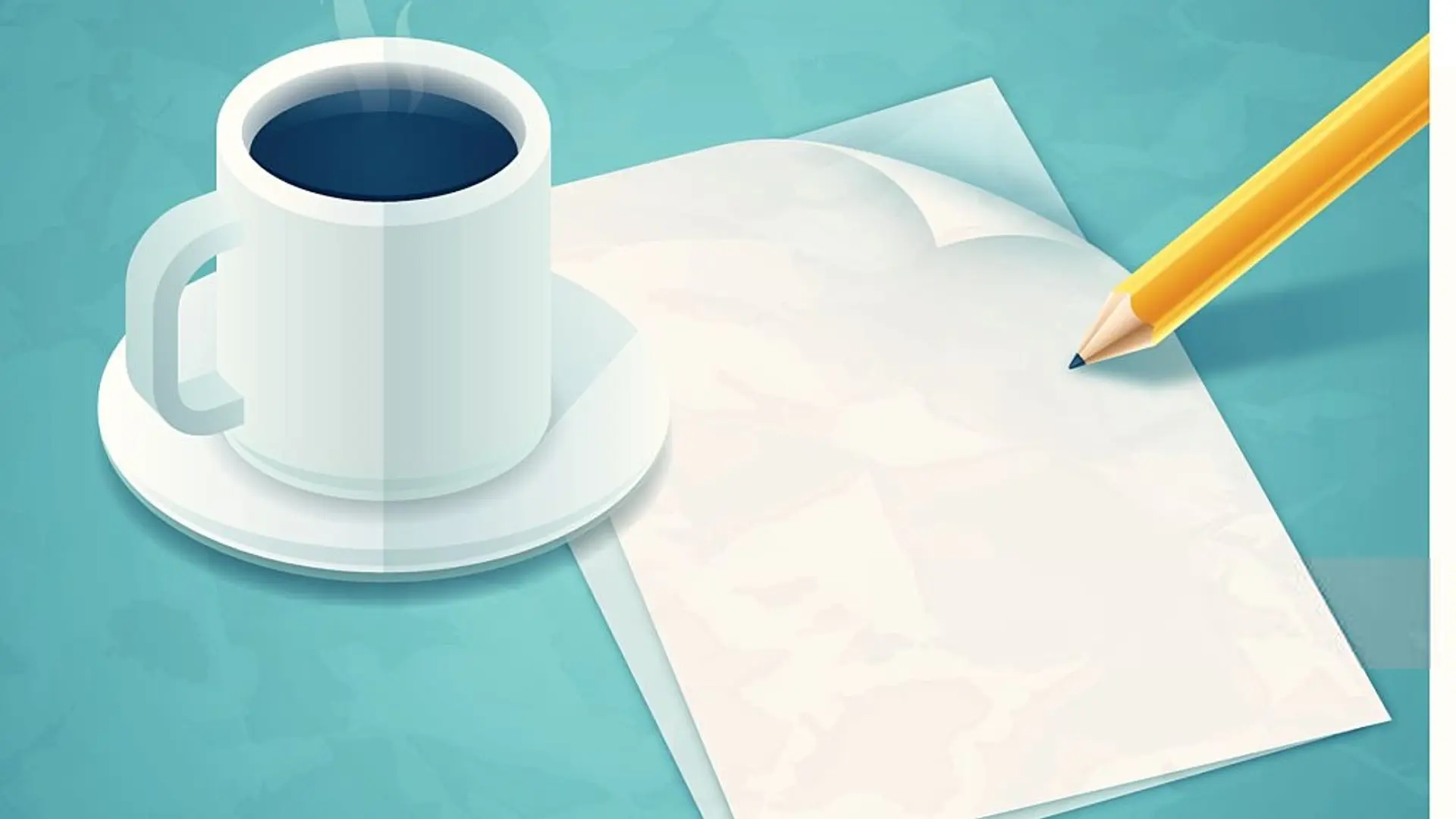

India's Possibilities to Tackle China's Economic Tactics
Currently, the world is fighting with the COVID-19 pandemic, whereas China is expanding its borders against Japan, India, and Vietnam. What is the game plan of China in the middle of a health crisis?

Are we late to recognize what China is doing for us?
China uses a robust method to attack several countries in Asia and Africa, not by using their nuclear power or artillery weapons. Still, they are threatening with their strong "ECONOMY." Twenty years ago, the per capita income of India and China were almost equal. Under Deng Xiaoping's (leader of the People's Republic of China) rule, China rose to another orbit by eradicating poverty and increasing different sectors of manufacturing units. This made China's economy (USD 15 trillion) five times bigger than India (USD 2.8 trillion). Now, China is the world's second-largest economy, and this makes them continue their act of geographical expansion over the borders boldly. As China has a more robust defense force with an immense workforce, planning a war against China during this COVID crisis is absolutely a bad idea. They had mastered the art of the salami-slicing technique by capturing areas of other countries sharing their borders. They have been doing this since the 1962 Sino-Indo war, and it's surprising to know that they continue to do the same.
Currently, the world is fighting with the COVID-19 pandemic, whereas China is expanding its borders against Australia, Japan, India, and Vietnam. What is the game plan of China in the middle of a health crisis? In this blog, we will discuss China's strategy in different aspects and methods to boost our economy.
Dependence on China
Most of the countries in the world are depending on China for raw materials. What happened to the local suppliers in the country? Here lies the strategy (unfair trade practices). They are smart enough to dump their products in India for a cheaper rate for a while till the local suppliers lose their business in the country. After that, they will increase their product price to match their previous loss. This pandemic has taught a lesson about how we are lagging. For example, the raw materials for Pharmaceuticals are imported from China, and for COVID-19 generic medicine, they have increased the rate to 190% of the actual price. In mobile phones, the components are imported from China and assembled here; no mobile phones are made in India. We have a massive demand for products in the country; instead of importing from other countries, we can manufacture our products from scratch with the help of existing companies or encourage startups.
Debt Trap:
When the US and India are in diplomatic talks with China regarding various issues, how can China be friendly with India's neighboring nations? Here is the deal, every country needs financial support to develop their infrastructure, and there are specific criteria to loan from IMF or World Bank. That's when China comes to the rescue and helps them financially to build their needs. Later they charge an interest rate, where these countries cannot repay the loan. As a consequence of this, China overtakes the operations in those countries and sets up its military base. For example, Djibouti is a country in Africa, and China had already set their military base by using a debt trap, followed by few other countries like Sri Lanka, Pakistan, Nepal, Maldives, and Myanmar. China's expansion by setting up military bases in these countries is very likely to target India from all around, not just from one side, which is a difficult task for our defense forces to face it.
Initiatives:
During the trade war between the US and China, 56 companies left China. Only three companies came forward to set up their business in India because there are many more restrictions for foreign companies to do business in our country. Lack of infrastructure, high power, and complicated labor rules are also significant issues in India. Most of the companies chose Taiwan, Thailand, and Vietnam because they have free trade agreements, and they allow the exchange of goods with zero customs duty. The Indian government is taking the initiative to bring foreign companies to invest in India through various projects. It also changed the FDI rules that, no bordering countries with a low share can take advantage to own the company in India. The success of boycotting Chinese goods is less because both the economies are intertwined. The possibility of Import- substitution isn't going to happen overnight. China has already found a way to keep us in the dark through a trade deficit of $50 billion. India has to take robust measures to increase our export process.
Conclusion:
Freedom is our most significant advantage; we can become self-reliant and also can become a global supplier. All we need to do is to encourage "Made in India" products. For each and everything, we depend on China, and this makes them super-power. We need to strengthen our economy and defense force. Sectors like Automobile, Pharmaceuticals, Electronics, Agro-processing, and Infrastructure are required to focus on rapid economic growth.






